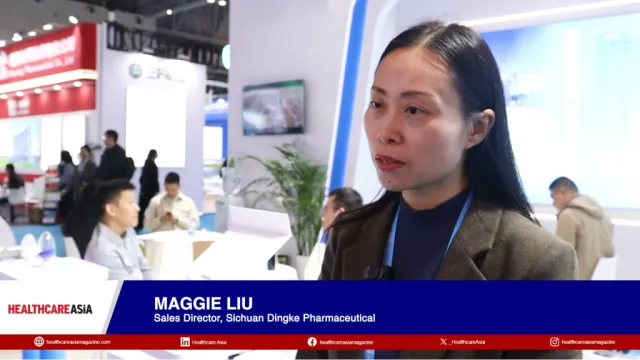
Pharmaceutical sales in China to reach CNY1.8t by 2030: Fitch
It is expected to grow at a CAGR of 5.7% over a ten-year forecast period.
Pharmaceutical sales in China are expected to grow at a compound annual growth rate (CAGR) of 5.7% over a ten-year forecast to CNY1.8t (US$253b) by 2030 on the back of continued interest and performance of multinational pharmaceutical firms, according to Fitch Solutions.
Fitch said foreign pharmaceutical firms have been very active in China for decades, with several companies investing more and setting up regional headquarters there.
“Their performance in China is often a bright spot and some companies even position China as a ‘key pillar of future growth,’” Fitch Solutions said. “These individual performances will combine with growth from domestic and generic medicine manufacturers in the country to drive our positive but low-growth outlook for the market.”
It cited AstraZeneca, which announced last year that it will set up a US$1b fund in China to expedite work in life sciences and it plans to set up regional headquarters in five other cities.
Fitch also noted that Sanofi, this year, announced its plan to establish an Institute for Biomedical Research which is aimed at increasing its early-stage research capabilities in China.
The majority of major multinational pharmaceutical firms have also reported positive sales growth in China during the second quarter of 2021.
Fitch, on the other hand, noted that medicine pricing policies “undermine investor confidence,” noting that health payers are struggling to fund best medical practice and new medicines given limited budgets with universal healthcare covering 95% of China’s population.
China’s healthcare system will continue to be strained to maintain a sustainable level of financing with the rising demand for medicine from its ageing population, growth in chronic diseases, and increasing prices of innovative medicines.
“In view of this, to manage their budgets more effectively, substantial changes have been introduced to the market access process that pharmaceutical companies must follow to achieve reimbursement. Recent critical changes include the introduction of price negotiation and the use of health economics to evaluate the value of new medicine,” Fitch Solutions said.



















 Advertise
Advertise





